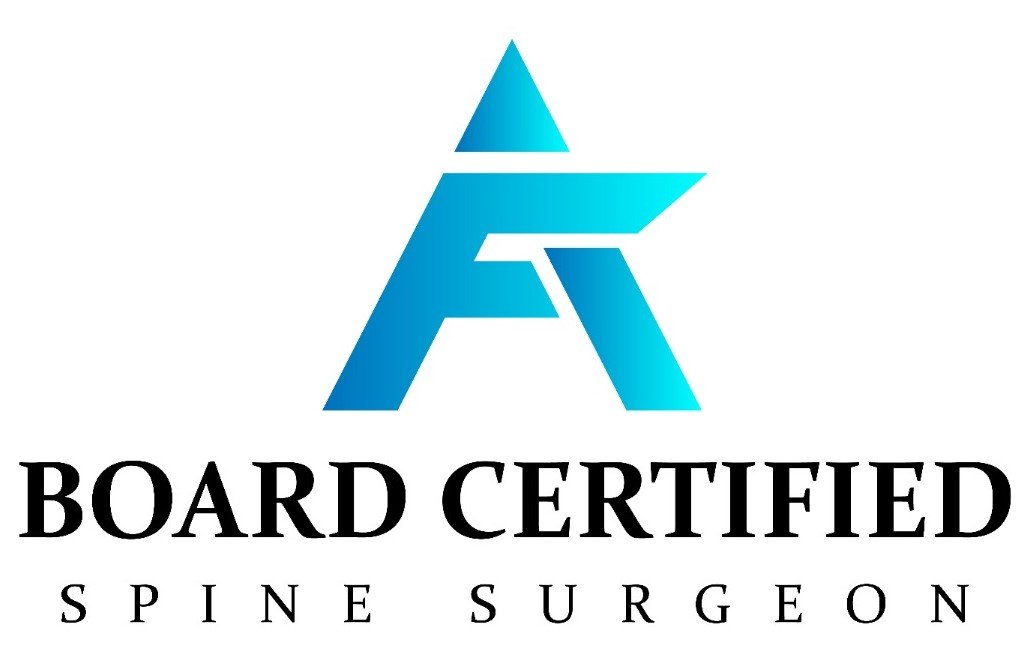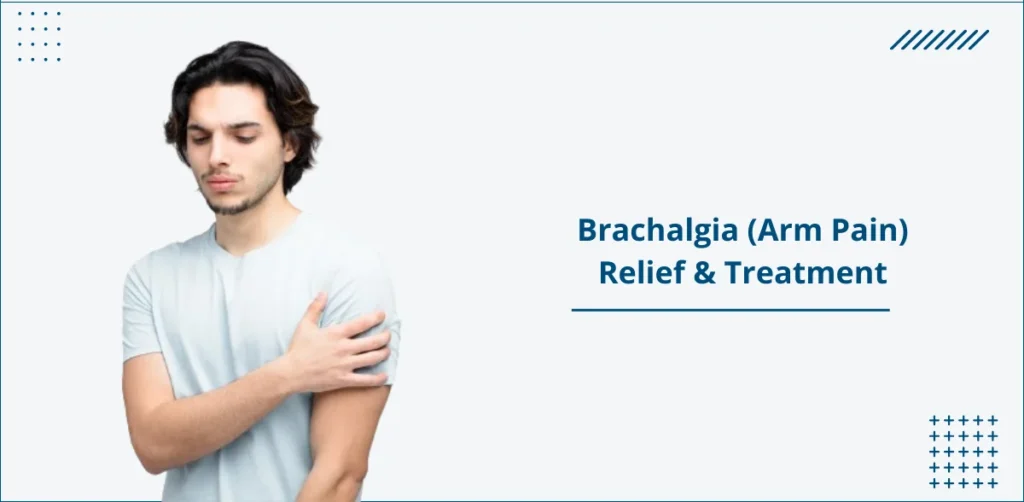Brachalgia is a spinal condition that causes excruciating pain in the arm due to nerve impingement of nerves connecting the cervical region and to the arm. It needs prompt consultation for arm pain treatment with therapy or surgery.
An Overview of Brachalgia
The human spine has three major sections – the cervical, thoracic, and lumbar spine, with 33 vertebrae in total. The top seven vertebrae are cervical vertebrae located in the neck region. These vertebrae are held together by thick bands of ligaments and allow for various ranges of motion.
The cervical spine has multiple small openings called cervical foramina. The cervical nerves radiate through these foramina and continue to the shoulder region. These nerves typically supply motor power and sensation to the upper limbs. They are, however, prone to nerve impingement by external pressure – most commonly by a cervical disc prolapse.
If the brachial plexus, a bundle of nerves connecting the spine to the arm, becomes impinged, it may also cause brachalgia. Brachialgia is also called cervical radiculopathy and is sometimes described as upper-body sciatica.

What does brachalgia feel like?
Brachalgia is typically a strong shooting pain in the arm – radiating down as far as the fingers.
Other simultaneous symptoms may include:
- Numbness and altered sensation along an arm
- Tingling sensations, pins and needles-like sensations in the arm
- Muscle weakness in the arm
- Reduced motor function of the arm
Spinal conditions that increase the risk of Brachalgia
Brachalgia pain is primarily caused by nerve impingement, so any vertebral disorder that causes nerve impingement may also cause brachalgia. The following conditions predispose to brachalgia:
Herniated discs
A herniated disc or slipped disc is caused when the soft center of the intervertebral disc comes out of its place and compresses a nerve. The intervertebral discs have two layers: a stronger outer layer, called the annulus fibrosus, and a soft center, the nucleus pulposus.
Due to excess vertebral pressure, the outer capsule or annulus fibrosis disc may tear, allowing the soft inner part of the disc, the nucleus pulposus top herniate, causing nerve impingement. When the herniated disc compresses the cervical nerve roots, it causes shooting pain in the neck, shoulders and arms.
Cervical Stenosis
Narrowing of the spinal canal is called cervical stenosis.
Disc bulges, typically in combination with bony overgrowth, joint overgrowth and ligament overgrowth, all contribute to spinal stenosis. Spinal stenosis means narrowing – either central (around the spinal cord) or foraminal (around the exiting nerve roots).
Osteoarthritis
Osteoarthritis is arthritis that develops bony spurs on the vertebral edges. These are known as osteophytes. They can compress the cervical nerve roots and can cause brachialgia (arm pain).
Brachalgia diagnosis and treatment
The diagnosis of brachalgia may require the following diagnostic tests:
- X-ray
- CT-scan
- MRI
- Nerve conduction studies / EMG
Dr Sherief Elsayed studies the patient’s case history to diagnose the likely cause of a patient’s arm pain and outlines the best suitable treatment for such pain.
What treatment options are available?
More often than not, a cervical disc prolapse resorbs on its own, with the arm pain settling as a consequence. Until this occurs, Dr Sherief will usually recommend one of the following treatments (Depending on the severity and other patient factors).
More often than not, a cervical disc prolapse resorbs on its own, with the arm pain settling as a consequence. Until this occurs, Dr Sherief will usually recommend one of the following treatments (Depending on the severity and other patient factors).
Medications
Dr Sherief prescribes analgesics and anti-inflammatory drugs for brachalgia for pain management.
Therapies and activity modifications
Physiotherapy may be useful in the management of neck and arm pain treatment and typically requires multiple sessions.
Surgery
If the arm symptoms worsen or do not respond to the above treatments, Dr Sherief may recommend a nerve decompression surgery via
- Anterior cervical discectomy and fusion (ACDF)
- Cervical disc replacement / cervical arthroplasty
Both of these surgeries have advantages and disadvantages, based on long-term research studies, and Dr Sherief would be happy to explain these differences to you.
you can read all about Cervical Spine Surgeries
Dr Sherief Elsayed is a highly trained and skilled spine surgeon. He has treated hundreds of brachalgia patients, both non-surgically and surgically, and relieved them of brachalgia symptoms. His patient reviews are testimonials of patients’ faith in Dr Sherief for brachalgia or other spine-related treatments. Dr Sherief and his team are highly dedicated to compassionate and technically competent patient care.
Book an appointment to consult him for any spine-related issues.



